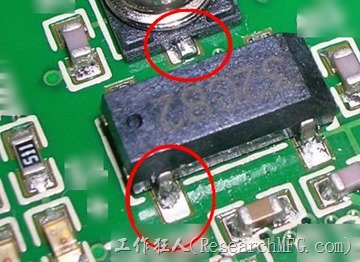
If you’re an SMT engineer, you’ve probably used an X-Ray inspection machine to check the soldering quality of BGAs. But, after looking at the BGA solder balls repeatedly, they all seem to look the same. So, how can you tell if there’s a non-wetting issue?
Most people use X-Ray inspection machines to check for issues like solder shorts, insufficient solder, or bubbles/voids. However, using X-Ray to determine if BGA solder balls have non-wetting issues is a bit more challenging, especially with a 2D X-Ray machine. But if you’re careful, you can still find clues using 2D X-Ray images to determine if BGA solder balls have voids.




